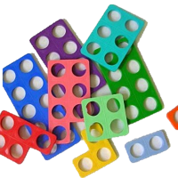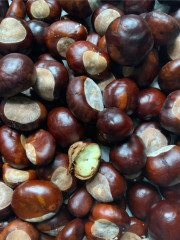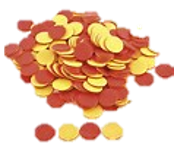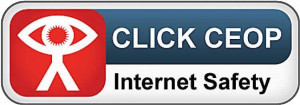Maths
Early Years
https://www.ncetm.org.uk/classroom-resources/ey-numberblocks-at-home/

Key Stage 1 and 2
In Years 1-6 the Maths Curriculum is delivered using the long term plan as set out by White Rose Maths. You can view the long term plan for these year groups here:
In KS1, each class also has a 15 minute NCETM Mastering Number session 4x per week to help improve pupils’ number sense and composition of number.
You can see the termly overviews for each year group here:
The delivery of new concepts is consistent throughout school, using the CPA Approach. These are outlined in our Maths Calculation Policy below.
Concrete
Concrete resources is anything that can be handled or touched. We often refer to these as manipulatives. These can range from real-life objects (e.g. sticks/ conkers) to mathematical equipment (Numicon/ beadstrings/ dienes/ Place Value Counters). Every classroom in school has a range of these manipulatives.

Pictorial
Once pupils have an understanding of the concrete element of the approach, they can then begin to apply this pictorially. Examples may include using Place Value charts, bar models and part-part-whole models to help them understand further.




Abstract
As pupils become confident with new concepts, abstract methods are used to show calculations. The aim is for all pupils to use these methods without needing to rely on concrete and pictorial approaches. When they can use abstract methods with confidence, accuracy and understanding this shows ‘maths mastery’.
Written methods (abstract)
Our abstract methods of performing calculations are in our Calculation Policy.
Times Tables
In June in Year 4, all pupils will complete a Multiplication Times Tables Check. This check is made up of 25 times tables questions. By the end of Year 4, all pupils should know all of their times tables. This means they can recall them within 6 seconds.
The children will be practising them frequently in school, but you can practice them at home too using TT Rockstars. We also hold a Parent Workshop at the beginning of the Summer Term for parents to play times tables games with their child in school.
Here are some times tables games you can play, as well as a link to the TT Rockstars website and ‘Hit the button’:






